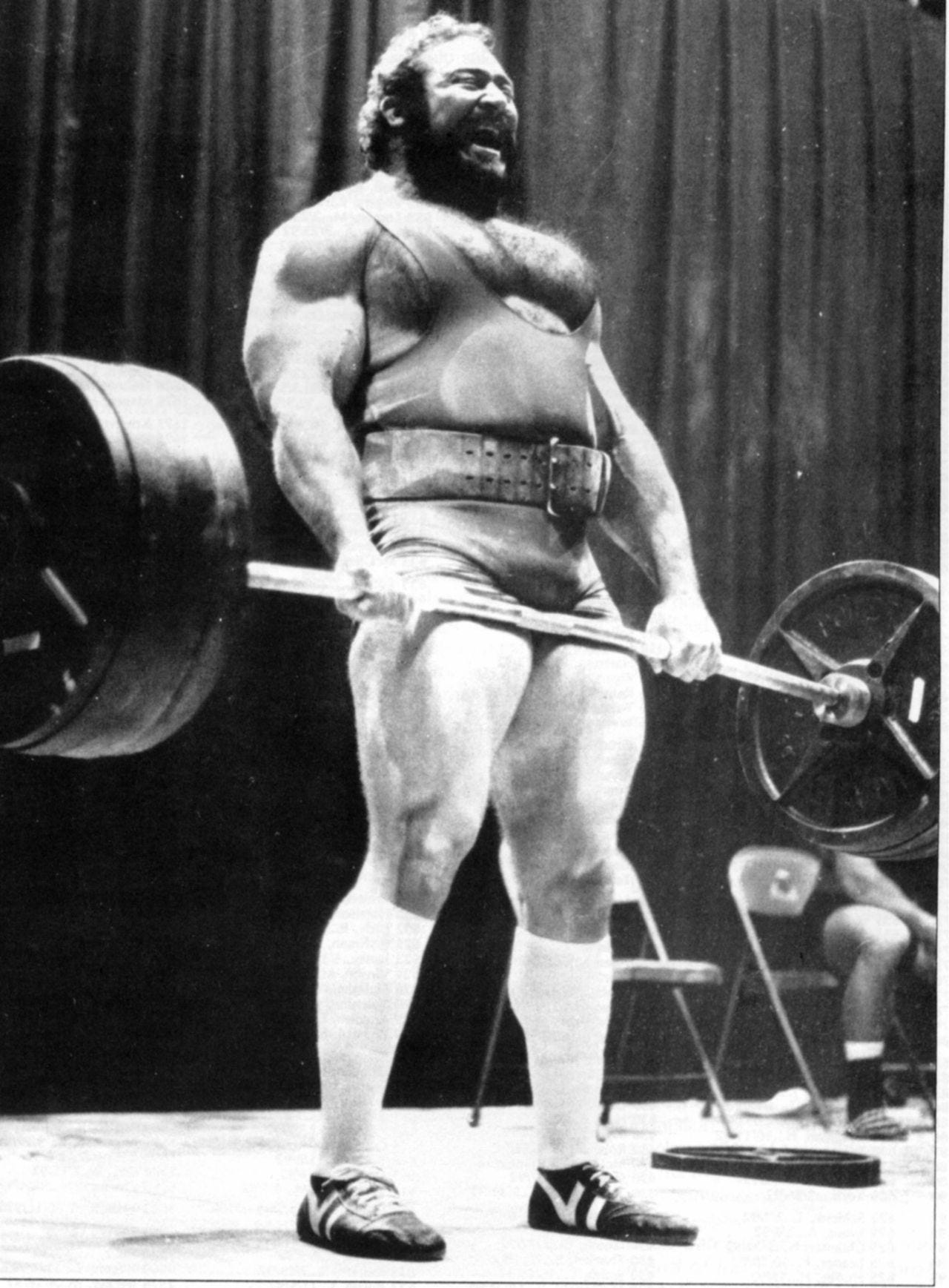What Weightlifting Taught Me About the Grid
For the grid as for the body, strength is never a weakness.
“Strength is never a weakness.”
- Mark Bell
All my life I wanted to be strong. What boy doesn’t? Very few. I remember finding small dumbbells in a closet in my house. I started doing pushups and dumbbells curls. Quickly, I moved on. At some point, I realized that many were much stronger than me. They seemed to know something I didn’t. Who were these guys who could pull three hundred pounds off the floor like nothing? And how could I get like them?
Eventually, I found the work of Jim Wendler, who wrote the popular training manual 5/3/1. In it, Wendler lays out a method of strength training I use today—almost ten years after buying it. But more important than the methods he spelled out was his thinking on strength training. For Wendler, who squatted over 1000lbs in competition while training at the strongest gym in the world, Westside Barbell, you had to have training principles. You had to stick to the principles to get better by practicing the same movements over and over and over again. In addition, it gave you something to measure. If you changed exercises every single training day, or every week, how could you track your progress?
But his most important point was this: you can’t get strong by doing just anything. You need to get the most bang for your buck. So what training principles deliver?
We can debate different kinds of strength performance: relative (strength for reps) vs. absolute (maximal weight for a single rep), but any strong person knows you need to do three things to get strong: press, pull, and squat. If we had to narrow it down to two, I’d narrow it down to pulling and squatting. As the strength coach Dan John once put it, “If all you ever did for the next year was barbell squats and pull-ups, you’d be amazing.”
The reason these principles work—that every strength training regimen should contain pressing, pulling, and squatting—is simple. Strength demands work. Hard work needs a strong base. The three principles serve to strengthen the largest muscle groups. Those groups then make the athlete capable of doing the most work. If you want to attempt any feat of strength you need strong shoulders, a strong back, strong hips, and strong legs. If you can barbell curl 135lbs but can’t press it over your head while standing, you’ve officially majored in the minors. To put it even more bluntly: you’re all show and no go.
All of this is true no matter whether you're competing in powerlifting, Olympic lifting, strongman, or the Highland games. Each of these demands specialization. But all of them need you to be generally physically prepared to press, to pull, and to squat.
Clear enough so far, right? So what does this have to do with the grid?
Well, a strong grid is a grid that can do a lot of work. And all grids need to be good at three things in order to be strong: generating, transmitting, and distributing electricity. What principles do we need to abide by to make sure that the grid is strong enough to do all three of those things successfully? In other words, what’s the pressing, pulling, and squatting for the grid? To perform its specific work with excellence a grid needs reliability, affordability, and low emissions—what I call the virtuous trifecta. If you had to narrow it to two, it would just be reliability and affordability. If your grid was only ever reliable and affordable, it’d be pretty great!
A grid needs to be reliable enough to stay within the 60hz range to allow for generating alternating current. If it’s unreliable, then it can’t generate, transmit, or distribute anything with any regularity. And as Robert Bryce will tell you, that makes it unaffordable, which means you have less electricity to go around. Thus, you can’t do as much work. Your grid’s weak, essentially. And, as I always say, there’s no such thing as a wealthy society with a weak grid.
Now, if you want an excellent grid then you want low emissions as well because it’s beneficial to human health and society at large. And we should want that for ourselves. But you only have a shot at that if you have a reliable and affordable grid because only nuclear gets you all three elements of the virtuous trifecta. And nuclear requires that you’re able to do a lot of work reliably and affordably.
I think it should be obvious why we want a strong grid and why we’d want to be strong ourselves. But nobody’s put it better than coach Mark Rippetoe: “Stronger people are harder to kill.” Strength makes us resilient to all of the surprises life throws our way. A strong grid does the same for society: it makes it resilient to anything that comes its way because it is capable of supplying the electricity society needs to do the work necessary to flourish. And as it goes for the body so it goes for the grid: strength is never a weakness.





Do your fives so you can hit a PR when needed!
Excited to return to Twitter and post this later this week. King 👑